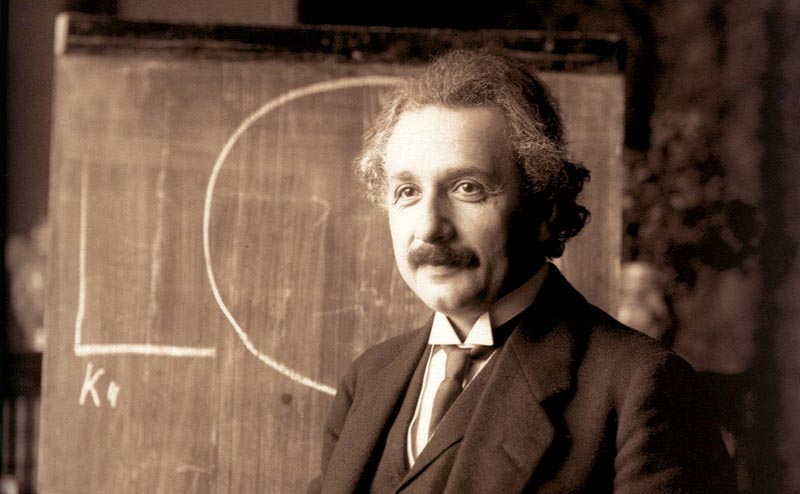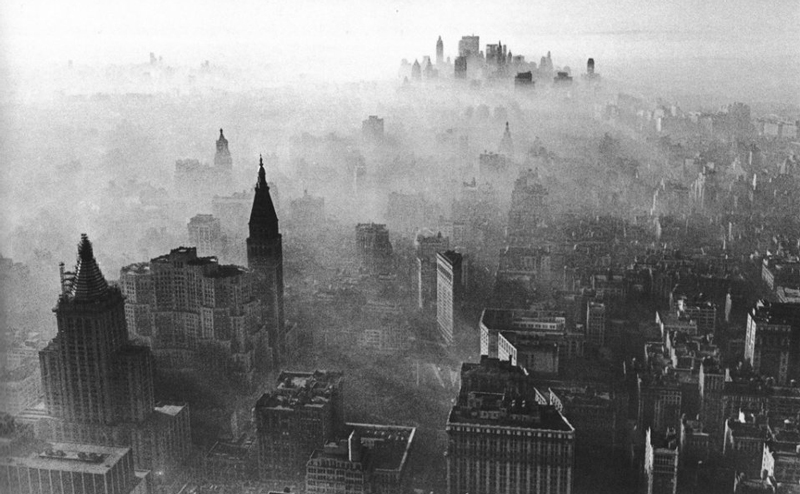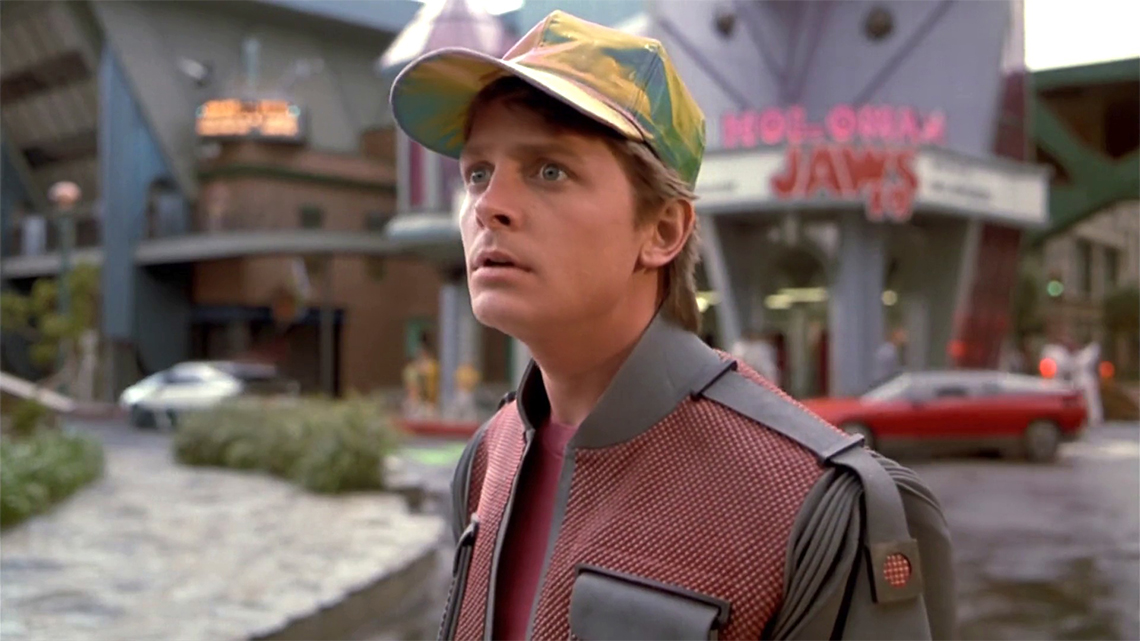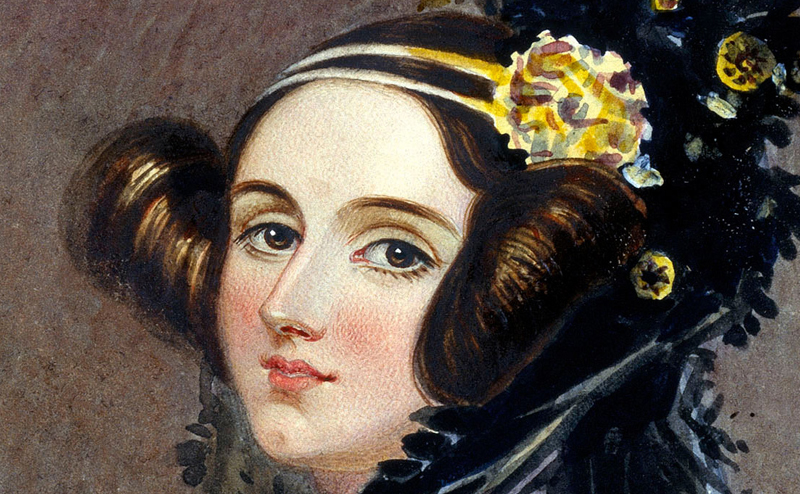Articles
Wednesday, November 25th is a big day for fans of scientific breakthroughs that re-shape our understanding of how the universe operates. One hundred years ago, Albert Einstein discovered the general theory of relativity.
Read MoreIt was 100 years ago this month that Einstein delivered four lectures to the Prussian Academy of Sciences in Berlin, which culminated in his discovery of the general theory of relativity. Einstein’s determined pursuit of mathematical equations that describe how the force of gravity works remains one of the most influential scientific discoveries of all time. If you’re planning a party — a general relativity rave, maybe — November 25th is the day it all came together. That’s a Wednesday. But a Thanksgiving toast at dinner the next day works well, too.
Read More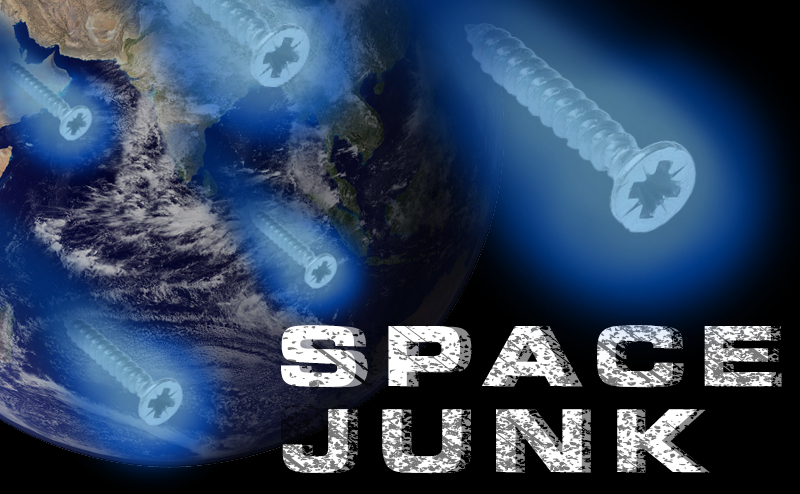
This infographic provides some insight into the litter we have scattered over space over the decades. Space junk, which scientists call orbital debris, poses direct threats to satellites and spacecraft. For instance, the International Space Station has to sidestep dangerous pieces of trash and satellites regularly factor in debris when deciding on a launch date. The countries that explore space are trying to find ways to clean up the mess before the clutter makes launches impossible. In the meantime, it’s helpful to know what’s up there.
Read MoreThe skies over Donora, Pennsylvania, turned black on October 27, 1948. The darkness would last for five days straight, shrouding the town and its residents in a noxious cloud of carbon monoxide, sulfur dioxide, and metal dust pollution. A weather inversion, it turns out, had trapped the pollution from a nearby steel plant and zinc smelter in the valley, causing a “burning sensation” in the throat and eyes of many residents in the town of 14,000 and other health problems. By the end of the “killer smog” event, thousands would be sickened and 20 lives claimed.
Read MoreToday at 4:29 p.m., it’ll be like deja-vu all over again—at least for Marty McFly and fans of the Back to the Future trilogy. In part two of the popular “temporal displacement” franchise, Marty McFly (Michael J. Fox) and Doc (Christopher Llloyd) along with Jennifer (Elisabeth Shue) whisk themselves back in time via their tricked-out, time-traveling DeLorean. Their destination? October 21, 2015, a time when kids skate around on hoverboards and the Chicago Cubs win the World Series. With the Chicago Cubs in the running to make it to the World Series and hoverboards sort of a reality, Back to the Future got a few things right. In honor of the movie and the unofficial Back to the Future Day, we present a short interview with one of the movie’s producers and an infographic and two videos on time travel.
Read MoreWhere in New York City can you review the astonishing archives of a leading pioneer in computer language? On a velvet pillow, overlooked by a bust of a Romantic-era icon, locked in the peaceful and mysterious Pforzheimer Collection of Shelley and His Circle at the 42nd Street branch of the New York Public Library. The daughter of the poet Lord Byron, Ada’s collaboration with Charles Babbage on his calculating machine, the Analytical Engine, led to her popular reputation as the world’s first computer programmer. Modern historians have questioned whether her published notes of 1843 truly constitute the first computer language, but her writings remain unchallenged as the most exquisite poetry ever created about the intricacies of computer programming. In the early 1980’s a programming language created for the US Department of Defense was named “Ada” to honor her.
Read More







